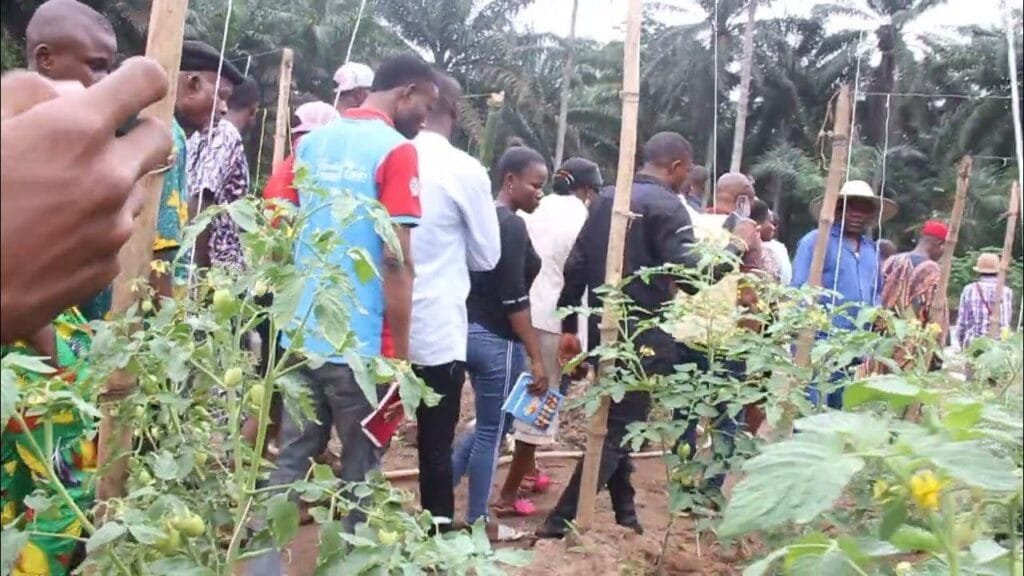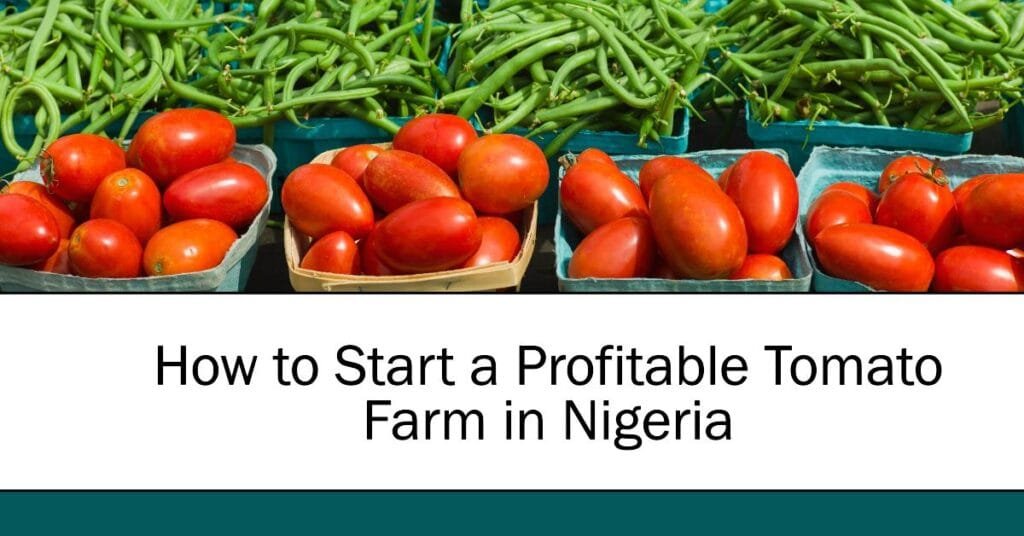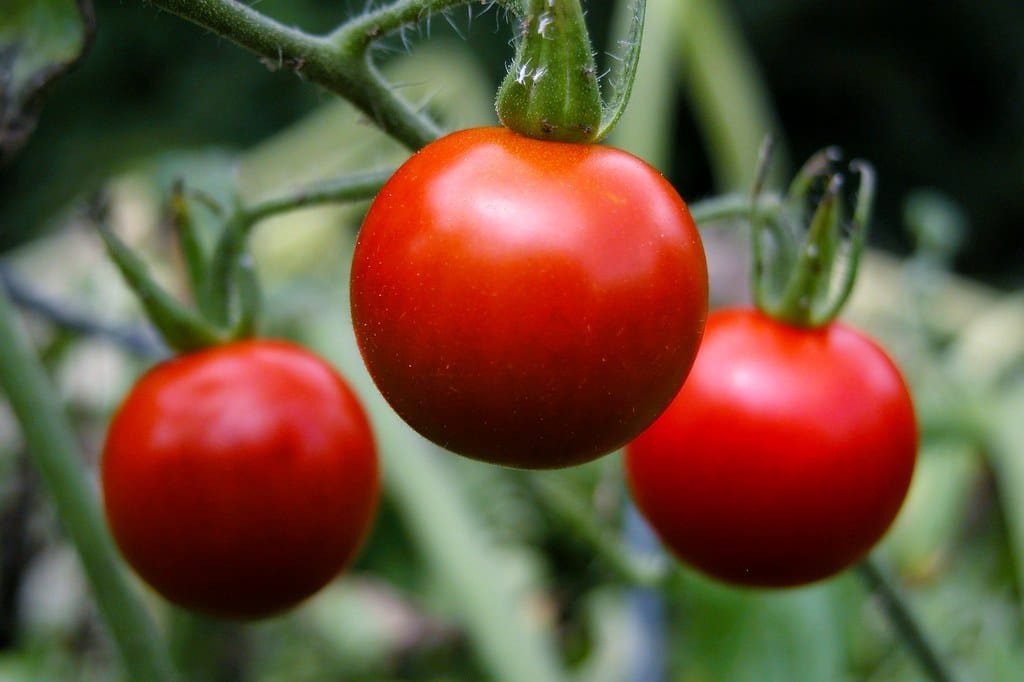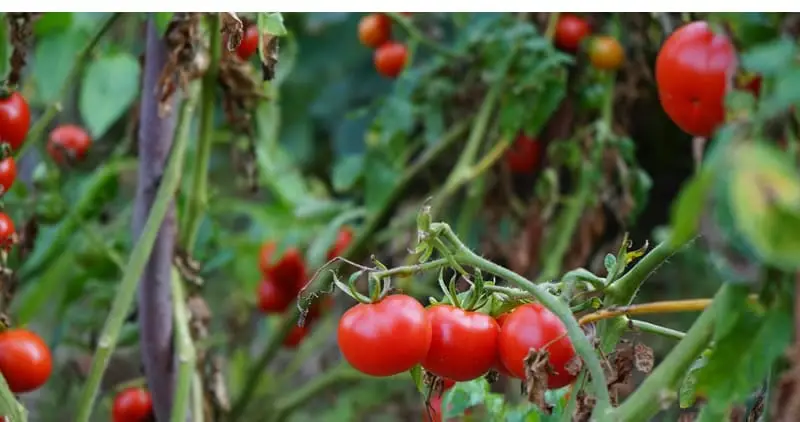How Much Does Platinum F1 Tomato Yield Per Plant? If you’ve ever wondered about maximizing tomato yields, you’re not alone. For many growers, the Platinum F1 tomato variety is a game-changer, promising high productivity and resilience. But the question remains: How much does Platinum F1 tomato yield per plant? Let’s dig in and uncover the facts, backed by research and practical tips.
What Is Platinum F1 Tomato, and Why Does It Matter?
The Platinum F1 tomato is a hybrid seed developed by East-West Seed Company, known for its exceptional yield and adaptability. This variety thrives in tropical climates, making it a favorite among Nigerian farmers and others in similar regions. But why is it so special? Simple: it combines high productivity, resistance to common diseases, and versatility in different growing seasons.

How Much Does Platinum F1 Tomato Yield Per Plant?
Here’s the key answer: a single Platinum F1 tomato plant can produce between 80 to 120 fruits per plant, depending on growing conditions. These fruits often weigh about 80-100 grams each, translating to 6-10 kilograms per plant. Impressive, right?
Now, I know what you’re thinking: What does it take to achieve that kind of yield? The truth is, that your results depend on a mix of factors like planting methods, soil quality, and care routines.
But remember, these results depend on several factors:
- Planting Practices: Proper spacing, soil preparation, and planting depth.
- Watering and Fertilization: Regular watering and nutrient application boost yields.
- Pest and Disease Management: Healthy plants produce more.
- Climate: Favorable weather conditions enhance productivity.
But don’t worry—I’ll walk you through everything you need to know to get the most out of your plants.
Why Is Platinum F1 Tomato Yield Important?
The yield isn’t just a number; it’s a measure of success for farmers. High-yielding varieties like Platinum F1 mean more profitability per hectare, especially for small-scale farmers. With the rising demand for tomatoes, understanding how to maximize these yields can secure financial stability and food supply. Plus, with the growing demand for tomatoes in markets and households, you’ll always find eager buyers for your harvest.
How to Maximize Platinum F1 Tomato Yield
1. Choose the Right Location
Platinum F1 thrives in warm climates with plenty of sunlight. The soil should be well-drained, loamy, and rich in organic matter. For best results:
- Test your soil’s pH (ideally 6.0 to 6.8).
- Use raised beds to prevent waterlogging.
2. Planting Techniques
Proper planting is crucial. Here’s how to do it:
- Seedling Preparation: Start seeds in a nursery for 3-4 weeks.
- Spacing: Maintain 50-60 cm between plants and 1 meter between rows.
- Timing: Plant early in the growing season to avoid late-season pests.
3. Watering and Irrigation
Tomatoes need consistent moisture. However, overwatering can lead to root rot. Use drip irrigation if possible, providing about 1-1.5 inches of water weekly. Here’s the trick:
- Water deeply 2-3 times a week.
- Use drip irrigation if possible—it saves water and ensures consistent moisture.
4. Fertilization
Platinum F1 tomatoes are nutrient-hungry. Follow these tips:
- Use nitrogen-rich fertilizer during the early growth stage.
- Switch to potassium and phosphorus-based fertilizers during flowering and fruiting stages.
- Apply compost or manure for sustained nutrient release.
5. Pest and Disease Management
Common threats include:
- Tomato Leaf Miner: Use neem-based sprays or recommended pesticides.
- Blight: Ensure proper spacing and avoid overhead watering.
- Nematodes: Rotate crops to disrupt their lifecycle.
6. Pruning and Staking
Pruning helps focus the plant’s energy on fruit production. Use stakes or cages to support the plants and prevent fruit from touching the soil, reducing disease risks.
7. Harvesting
Harvest when tomatoes are firm and fully red for the best quality. Frequent picking encourages more fruit production.
Common Mistakes to Avoid
- Overcrowding Plants: Reduces airflow, increasing disease risk.
- Poor Watering Practices: Too much or too little water can stunt growth.
- Skipping Fertilization: This leads to weak plants with fewer fruits.
- Ignoring Pests Early On: Prevention is easier than treatment.
FAQs
1. Can Platinum F1 grow in the rainy season?
Yes! Platinum F1 is adaptable and performs well in both rainy and dry seasons.
2. How long does it take for Platinum F1 tomatoes to mature?
It typically takes 75-85 days from transplanting to harvest.
3. What is the ideal spacing for Platinum F1?
50-60 cm between plants and 1 meter between rows.
4. Do I need a greenhouse to grow Platinum F1?
No, but greenhouse cultivation can enhance yield and reduce pest issues.
5. How do I know if my Platinum F1 plants need more nutrients?
Signs include yellowing leaves, stunted growth, and reduced fruiting.
6. Are Platinum F1 seeds reusable?
No. Being hybrid seeds, they won’t produce true-to-type plants if reused.
7. What’s the average yield per hectare?
Under optimal conditions, you can achieve 40-60 tons per hectare.
Conclusion: How Much Does Platinum F1 Tomato Yield Per Plant?
So, how much does Platinum F1 tomato yield per plant? Now you know: with the right care, each plant can yield up to 120 fruits, or roughly 10 kilograms. By following best practices in planting, watering, fertilization, and pest management, you can achieve these results consistently.
Ready to start growing? Grab your Platinum F1 seeds today, prepare your land, and let’s get those tomatoes thriving! If you’ve got questions or tips, feel free to share them below—I’d love to hear from you!




